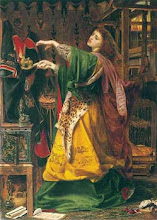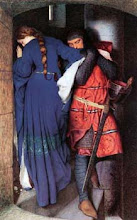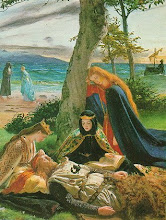No self-respecting lover of Welsh literature would be without a copy of The Mabinogian, the classic collection of Welsh tales that draws on our Celtic roots and pagan ancestry.
Believed by some scholars to have been written over a period of time between 1060 and 1250, the tales of Welsh myth, history and legend were translated in the 19th century by Lady Charlotte Guest (1812-1895).
It was she who called them Mabinogian, the plural of Mabinogi meaning 'a story for the children'.
There is no one author of The Mabinogian, the tales were added to over the years and kept alive by traditional storytellers and travelling Bards.
The manuscripts she translated are held in Jesus College, Oxford, and are contained in the Red Book of Hergest. There is also a White Book of Rhydderch, the earliest of the two books, which can be dated back to 1325.
Each tale in the four main sections of The Mabinogian tells the story of members of Royal Welsh households: Pwyll the Prince of Dyfed; Branwen, the Daughter of Llyr; Manawyddan, the Son of Llyr and Math, the Son of Mathonwy.
As with most ancient texts their stories undoubtedly started life as homages to pagan gods and goddesses later becoming entwined with more contemporary references to Christianity and royalty.
The legendary King Arthur is also featured. The story of Culhwych and Olwen is set in Arthur's court and includes a list of his knights.
Arthur is also featured in The Dream of Rhonabwy, a story of King Arthur and his knights, fairy heroes and Celtic warriors.
Other tales of Arthur and his knights' adventures include The Lady of the Fountain, Geraint the Son of Erbin and Peredur the Son of Evrawc.



































0 comments:
Post a Comment